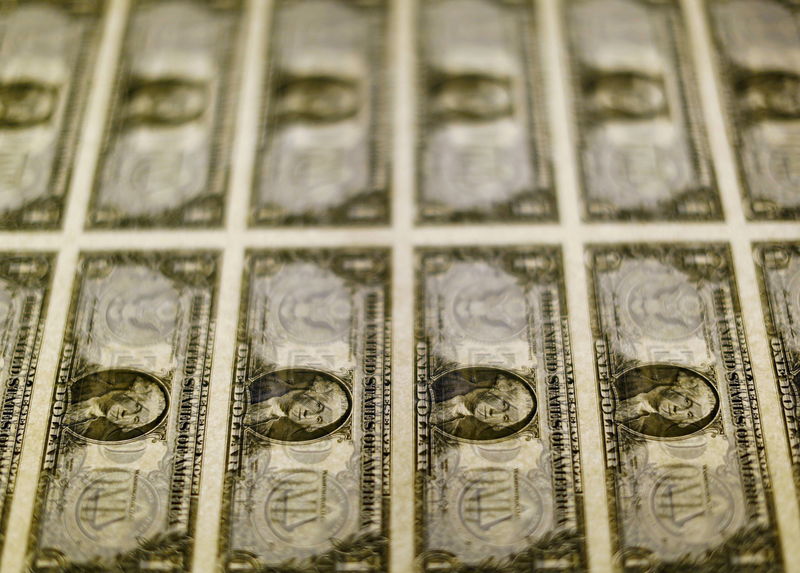
Comments from Fed officials furthered this notion, especially as recent data showed resilience in U.S. inflation and the labor market. Traders were seen positioning for a smaller rate cut in November.
Sentiment towards Asian markets was dampened by waning cheer over recent stimulus measures from China, especially as Beijing left out key details from a briefing on planned fiscal measures. The yuan weakened further on Tuesday.
The dollar index and dollar index futures fell slightly in Asian trade after hitting a two-month high on Monday.
The greenback found its footing in recent weeks as U.S. labor and inflation readings spurred bets on a slower pace of rate cuts by the Fed.
Fed Governor Christopher Waller furthered this notion on Monday, calling for “more caution” on future rate cuts. Waller said that the central bank should only gradually cut rates in the coming months.
The Fed had cut rates by 50 basis points in September and announced the start of an easing cycle, although it had also maintained a largely data-driven approach to future easing.
Traders were seen pricing in an 86.8% chance for a 25 basis point cut in November, and a 13.2% chance rates will remain unchanged, CME Fedwatch showed.
Most Asian currencies weakened over the past two weeks on this notion, and were mostly negative on Tuesday. The Japanese yen’s USDJPY pair fell slightly, but was close to breaking above 150 yen.
The Australian dollar’s AUDUSD pair fell marginally, but was nursing losses in recent sessions tracking weakness in commodity prices.
The South Korean won’s USDKRW pair rose 0.3% after the Bank of Korea cut interest rates last week, while the Singapore dollar’s USDSGD pair rose slightly.
The Indian rupee’s USDINR pair remained close to record highs of 84 rupees, even as consumer price index inflation data for September read hotter than expected.
China’s yuan was among the worst performers on Tuesday, with the USDCNY pair rising 0.3% to a near one-month high.
Sentiment towards the yuan remained flighty as traders were only marginally impressed by China’s plans to dole out fiscal stimulus. The Ministry of Finance also did not provide key details on the planned measures- specifically their scale and timing.
Sentiment towards China was also dented by a string of weak economic readings. Data on Monday showed China’s trade balance shrank more than expected in September amid a sharp slowdown in export growth, while earlier readings showed a disinflationary trend remained in play.
To read the full article, Click Here
